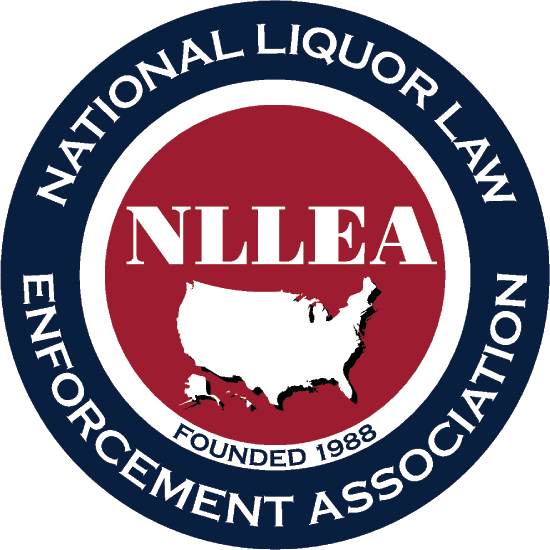NHTSA Report Year 2-POLD
NHTSA Report Year 2-POLD
Place of Last Drink (POLD)
According to its mission statement, “The Vermont Department of Liquor and Lottery provides a regulatory framework of licensing, compliance, enforcement, and education for the responsible sale and consumption of alcohol, tobacco, and gaming entertainment, ensuring public safety and contributing 100% of profits to Vermont communities through the General and Education funds.”1
The Vermont Department of Liquor and Lottery (DLL) Office of Compliance and Enforcement is responsible for monitoring and enforcement of liquor laws and regulations, responding to incidents, and working with local jurisdictions and other law enforcement agencies to protect the public safety. The DLL staff is comprised of 20 full-time positions, including thirteen in enforcement, four in licensing, two trainers, and one supervisor. DLL investigators are sworn law enforcement personnel and have both criminal and administrative authority.
One public safety issue DLL focuses on is working with licensees to prevent drunk-driving incidents related to overservice of alcohol. In addition to education and training with licensees and their employees, DLL collaborates with Vermont law enforcement agencies to investigate DUIs (driving under the influence). In some instances, an impaired driver consumed alcohol at a licensed establishment, indicating that some establishments may overserve patrons.2 To identify establishments that are potentially associated with overservice, DLL is implementing Place of Last Drink (POLD).3 When law enforcement officers respond to an alcohol-related traffic stop, they investigate if an impaired driver’s last drink was associated with a licensed alcohol establishment. This information is shared with DLL investigators, who conduct an investigation to determine if overservice has occurred.
This study examines DLL’s implementation of POLD, including development and start-up, criteria for triaging POLD incidents for further investigation, data from 2020 to 2022, and stakeholder perceptions of its value.
